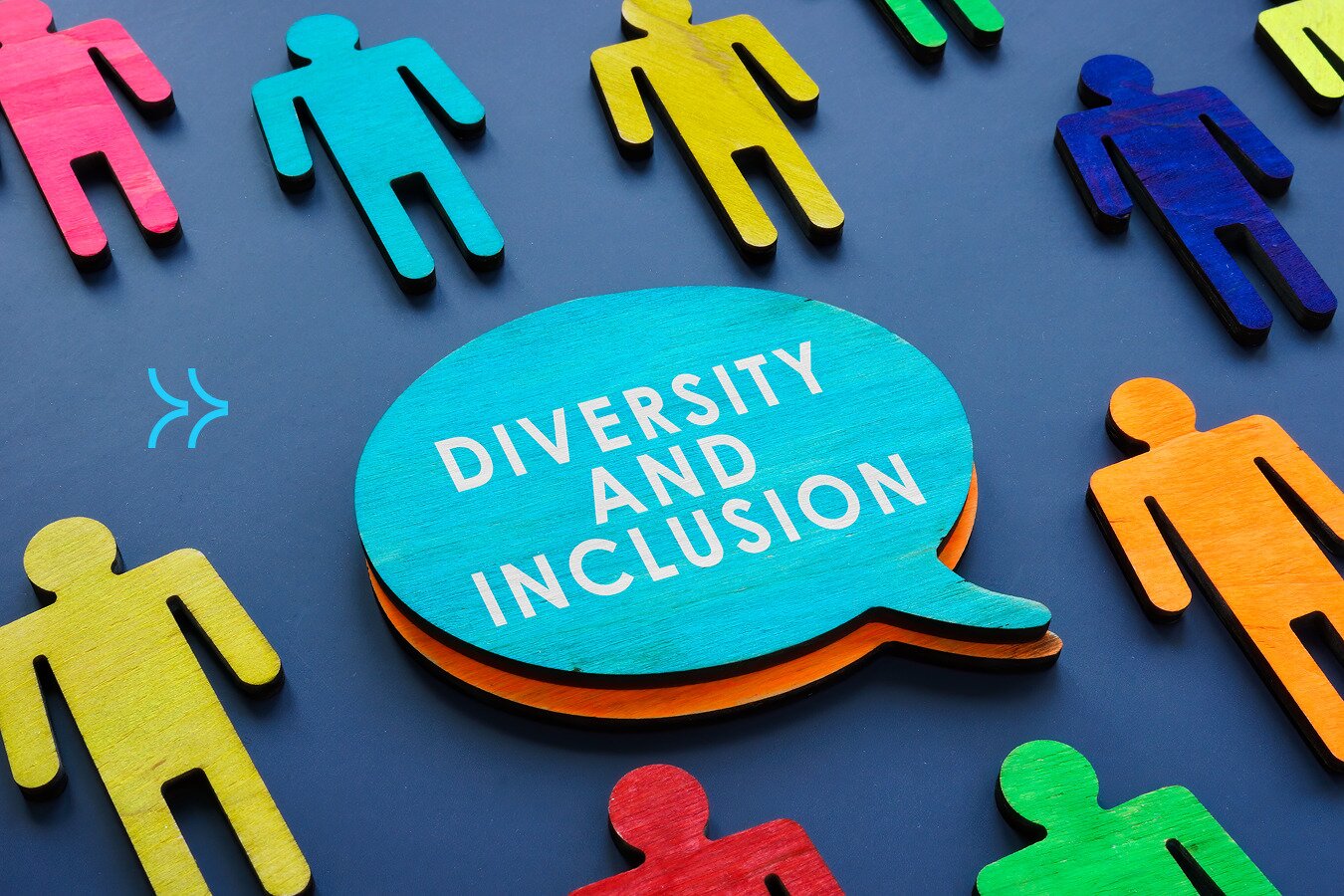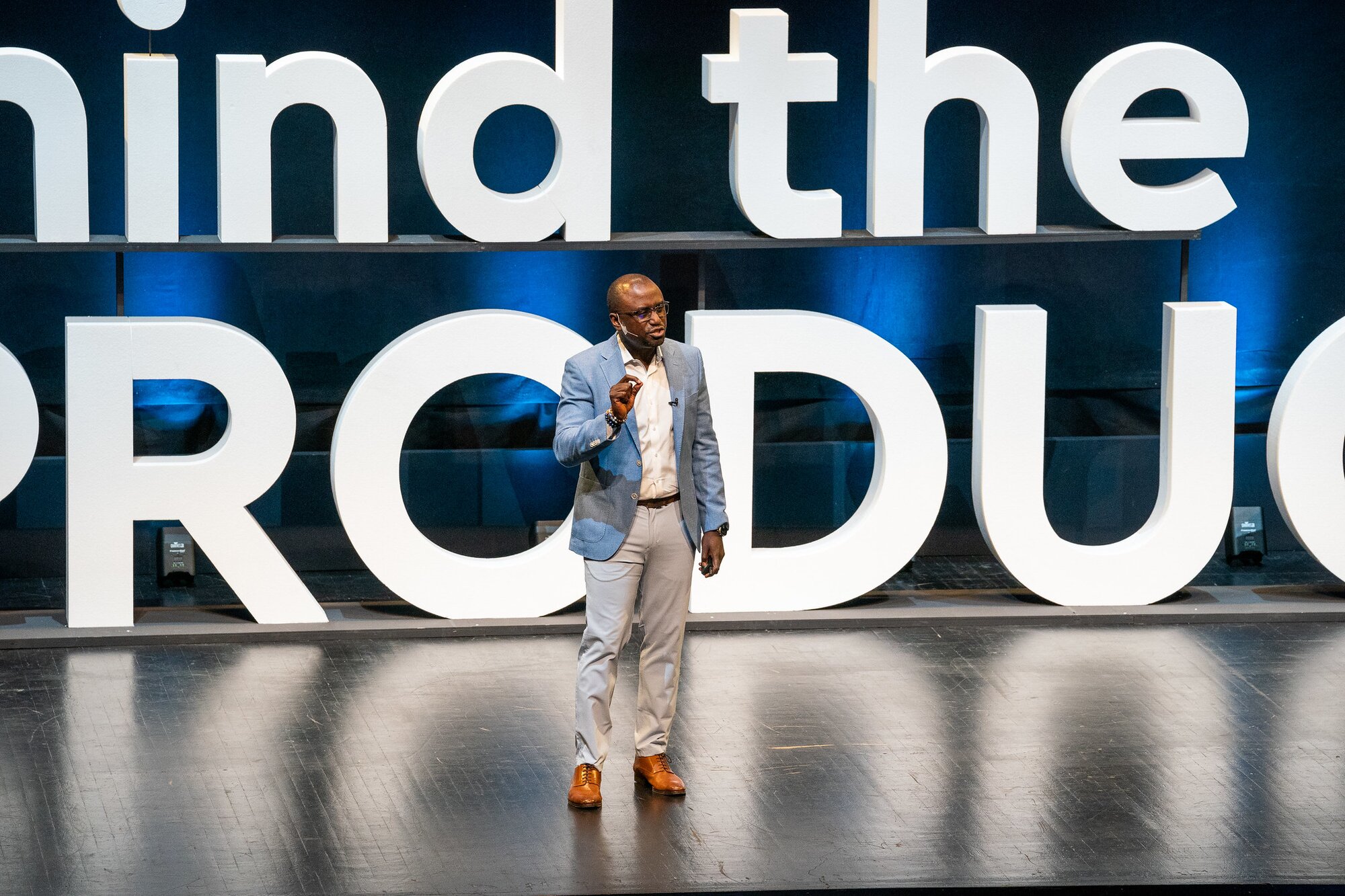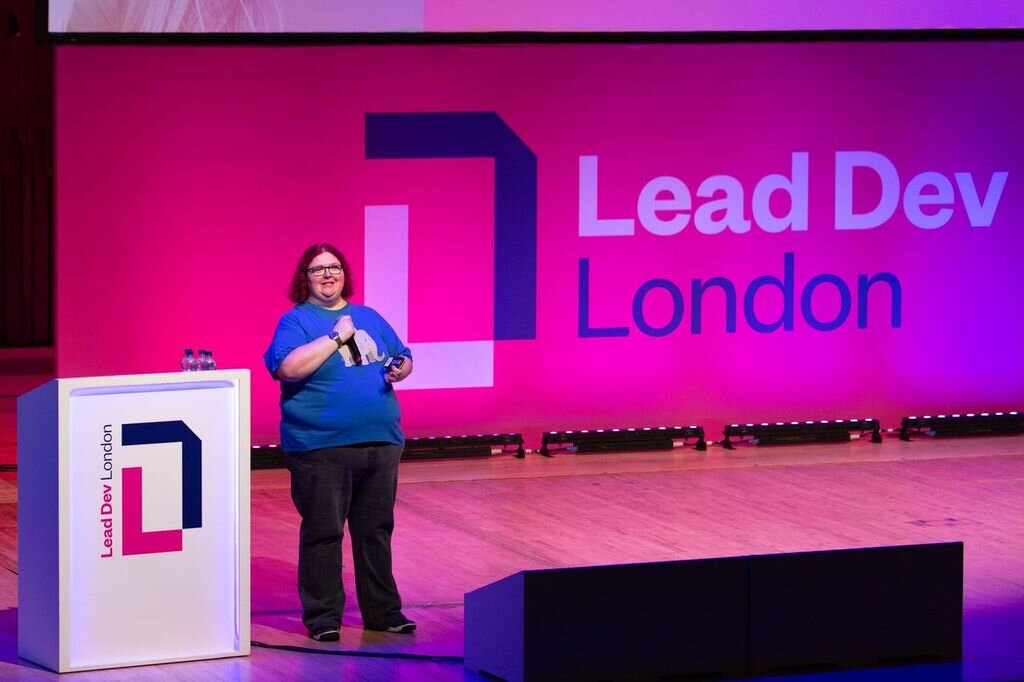In this #mtpcon Digital 2020 keynote, Nancy Douyon, Design Ethicist and Product Philosopher, illustrates the importance of unlearning our Nobility Complex, taking our research away from Western cultures and looking at how we can design for underrepresented groups, leveraging our privilege to better serve everyone.
Watch the video to see her talk in full. Or read on for an overview of her key points:
- Recognise your cultural biases, blindspots, and privileges
- Invest time in research to deliver value beyond empathy
- Leverage privilege to learn from and develop for marginalized communities
Nancy begins by examining the western cultural biases she became aware of early into her career in silicon valley. Showing a picture of her traditional childhood home in Les Cayes, Haiti, where her family would cook outside and sleep under one thatched roof, she remembers how, when describing her upbringing to colleagues, she found that many expressed concern or sympathy. After revealing that her home could be considered “a beach hut” and explaining how effective and well-suited the traditional design is to the location, people’s responses would drastically change, because she says: “a beach hut is way more exciting.”
During the Haitian earthquake disaster of 2010, Nancy’s parents went missing. Her colleagues didn’t ask what was needed or how to best support her, and instead tried to provide a solution to start donating clothes. For Nancy, this demonstrated how “privilege informs design”, or the Nobility Complex, where solutions are created through self-serving biases.
Recognition is the first step; we must understand we self-serve and that western culture perpetuates itself through solutions. “We have an opportunity to do something different,” she says.
Empathy Is Not Enough
Nancy describes how, when solving problems, product people often defer to cultural humility, in place of evidence-based research and understanding. Saying, “I know how you feel” and empathising with a problem, without context or perspective.
One example she shares is how we might look at creating a child's ceiling mobile to provide entertainment and stimulation. Our solution may involve hanging 2D shapes which will look attractive to us, however, by doing so we ignore the child’s perspective. Looking up they can't see what we see from above, which renders the solution barely viable. We’re “not always equipped to do everything and have perspective,” Nancy explains.
To gain context and look to the needs of underrepresented groups – in order to serve everyone better, we need to do research, she says. Nancy examines how gender-neutral bathrooms now give all user’s access to diaper changing stations, something often lacking from many men’s bathrooms. “It’s about humanising and considering”, Nancy says, we must look to “accessibility, opportunity and availability.”
Take Action Today
Nancy says it’s key to forge connections, ideas and opportunities for a global customer base from day one while incorporating underrepresentation from day one. Now, through hard work, skill and determination, Nancy has a seat at the table but explains that being a token is not enough, "you need more than one voice," she says.
Her advice? Start by recognising your privilege and then leverage it. Ask: “What am I going to do to ensure I can make a change?” You need to be open to learning more, by unlearning and understanding your own cultural biases and over-indexing under-representation to build equity.
Here are some tips to get you started:
- Design a platform or participation ladder that provides 2+ underrepresented group checkpoints.
- Test your learnings for marginalised communities in immediate or primary markets.
- Turn your assumptions into questions.
- Hire, retain and be accountable for diverse talent.
Nancy closes her keynote by emphasising how, because we don't all come from the same place, we need diverse ideas. This requires us to hire diverse teams and to be accountable. We must strive to create a safe culture that will nurture and grow talent. We must consider underrepresented voices in our products through accessibility testing to create versatility. And finally, we must remember that by designing with cultural consideration, you will benefit everyone with scalable, versatile, accessible products.
Discover more content on Diversity and Inclusion.






